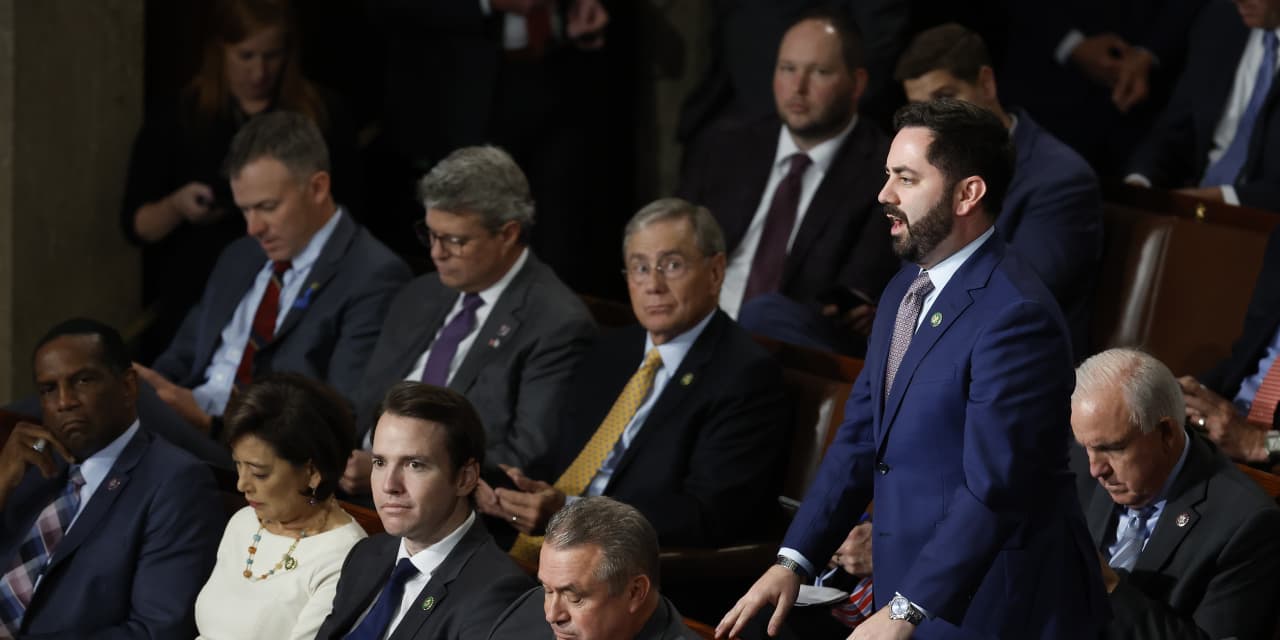This post was originally published on this site
https://images.mktw.net/im-53035033
A deduction for state and local taxes could double for certain taxpayers under a bill heading to the full House of Representatives, after being left out of a bigger package that cleared the chamber on Wednesday.
The SALT Marriage Penalty Elimination Act, introduced by New York Rep. Mike Lawler and six other GOP House members, would increase the cap on state and local tax deductions to $20,000 from $10,000 for married couples.
The deduction — a priority for members from New York and California — benefits higher-income taxpayers.
The House on Wednesday passed a roughly $79 billion tax-cut package that would enhance the child tax credit for millions of lower-income families and boost three tax breaks for business. SALT wasn’t addressed in the measure.
Read: House passes bill to enhance child tax credit, revive key tax breaks for businesses
House Speaker Mike Johnson, a Louisiana Republican, met with members who were unhappy that the bill failed to address the $10,000 cap on the total amount of property taxes or state or local taxes that taxpayers can deduct on their federal returns.
The House Rules Committee advanced Lawler’s bill on Thursday, setting up a vote on the House floor as soon as next week.
It could face a tough road in the House, however, according to Brian Gardner, chief Washington policy strategist at Stifel.
“Chances for SALT relief have increased, but we think the probability of the bill passing are slightly less than 50/50,” he wrote.
“While the [New York] delegation wants SALT relief, most Republicans support the current cap on SALT deductibility on the grounds that the deduction is a sop to profligate blue states,” he wrote. “At the same time, some Democrats who represent those blue states don’t want to vote for a tax bill that would be portrayed as a tax cut for the rich.”
The Tax Cuts and Jobs Act capped SALT at $10,000 a year, with that total made up of property taxes plus state income or sales taxes, but not both, according to the Tax Foundation.
Before the Tax Cuts and Jobs Act — which was signed into law in December 2017 by then President Donald Trump — 91% of the benefit of the deduction was claimed by taxpayers with incomes above $100,000 and concentrated in six states, according to the Tax Foundation.
The Associated Press contributed.

